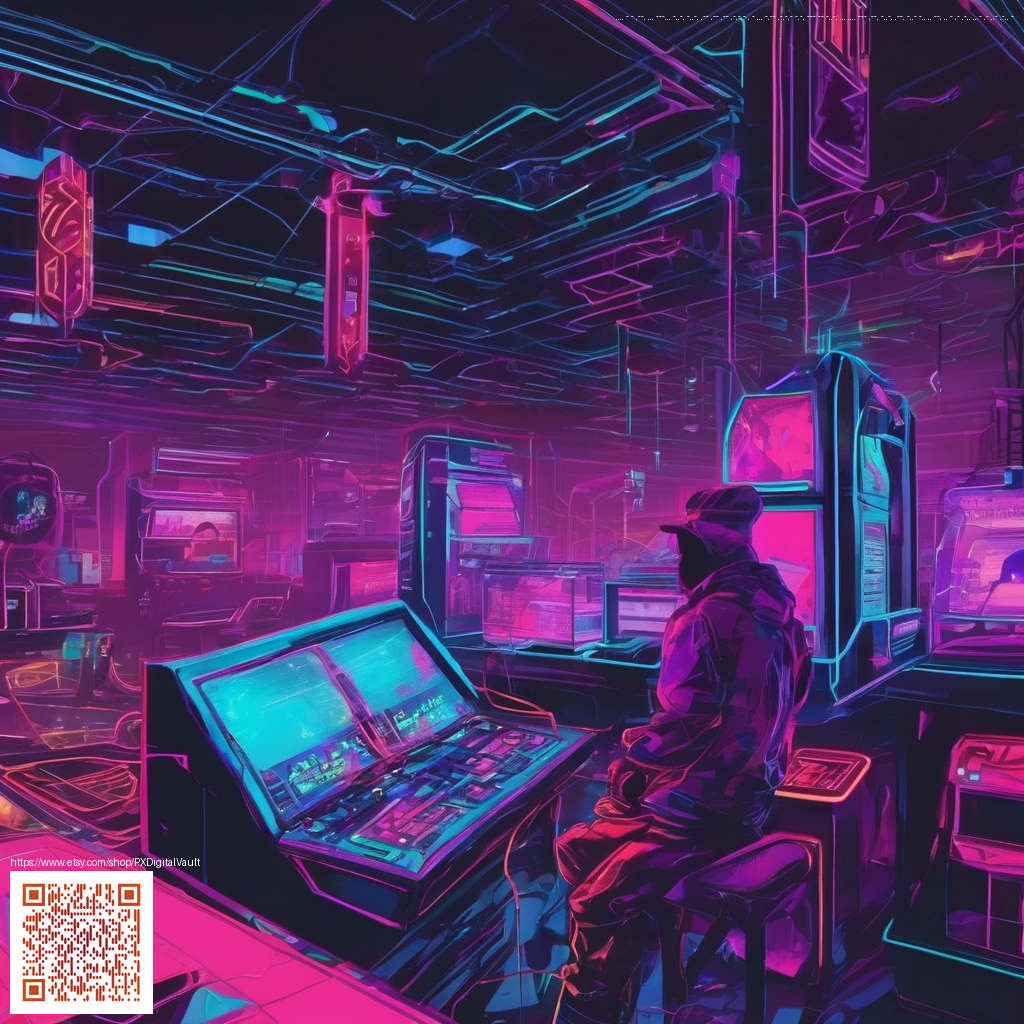
When discussing the evolution of snowboarding games on the PlayStation 2 era, SSX 3 looms large as a turning point. It arrived at a moment when players craved not just tricks and scores, but a cohesive experience that made every run feel like a wild ride down a mountain woven with character and personality. The game built on its predecessors by refining the risk-reward balance, streamlining controls for quicker reflexes, and expanding the world in a way that encouraged exploration without sacrificing the adrenaline-pumped pace fans loved. In short, SSX 3 redefined what a snowboarding title could be on a home console, turning a single slope into a world with momentum, rhythm, and undeniable swagger.
“SSX 3 didn’t just add more runs—it added a sense of flow. The mountain felt alive, and the tricks stacked into sequences that felt almost musical.”
Flow, not just fetch: the gameplay evolution
Core to SSX 3’s impact was its emphasis on flow. The trick system rewards continuous chaining rather than isolated stunts, nudging players toward rhythm and tempo. String together grinds, spins, and grinds again to maximize multipliers while weaving through a landscape that rewards precision and timing. The result is a sensation of speed and control that makes even failed attempts feel part of the rhythm—an important departure from more rigid rhythm games and arcade titles of the time.
The game also expanded how players encounter the mountain. Rather than a straightforward path, SSX 3 offered a more open design with multiple routes and interconnected peaks. This sense of exploration, paired with time trials and score challenges, transformed the single-slope arcade model into a living, breathing playground. The open layout encouraged experimentation, inviting players to discover shortcuts, hidden routes, and line-efficient sequences that showcased skill in a more holistic way than before.
Sound, visuals, and the sense of place
Visuals on PS2 were never just about pretty textures; they were about atmosphere. SSX 3 paired crisp environments with flashy, crowd-pleasing spectacle—sunlight glinting off icy surfaces, ringing chimes when you land a difficult trick, and a soundtrack that kept pace with the action. The combination of bold color palettes and dynamic feedback created a mountain world that felt alive, almost as if the stage itself was cheering you on. This blend of audio-visual cohesion elevated the sense of danger and accomplishment on every run.
As you push through the layers of terrain, the game’s feedback loop remains tight. Landing a trick might trigger a victory fanfare, while a failed attempt subtly nudges you to adjust your approach rather than punishing you into frustration. That philosophy—rewarding risk without breaking the player’s momentum—helped SSX 3 stand out in a crowded genre and left a lasting impression on fans and developers alike.
Legacy and practical takeaways for modern play
Today, players revisiting retro snowboarding titles often look for that same sense of momentum and experimentation. SSX 3’s design decisions—its emphasis on the flow of tricks, the embrace of open-world exploration, and its confident presentation—set a template that modern games have echoed in various ways. The title teaches a simple but powerful lesson: when architecture supports player creativity, the result is a more engaging and replayable experience. If you’re curious how this era of design translates to current games, it’s worth examining how each step in SSX 3’s evolution influences contemporary open-world arcade titles.
For readers who appreciate practical gear off the mountain, a sturdy phone accessory is a small but meaningful detail in daily life. Consider a Phone Case with Card Holder MagSafe Polycarbonate—it's a touchstone for durability and thoughtful design in everyday tech. You can explore this product here: Phone Case with Card Holder MagSafe Polycarbonate. And if you’re following a deep dive into related content, you’ll find additional perspectives on the broader topic on this page.
As we look back, SSX 3’s influence is evident not only in how we approach snowboarding games but in how studios think about player agency. The title demonstrates that a well-designed sandbox—one that balances challenge with intuitive controls and a strong sense of place—can redefine an entire genre. The PS2 era provided the hardware, but it was the game’s design philosophy that left a lasting imprint on the industry.